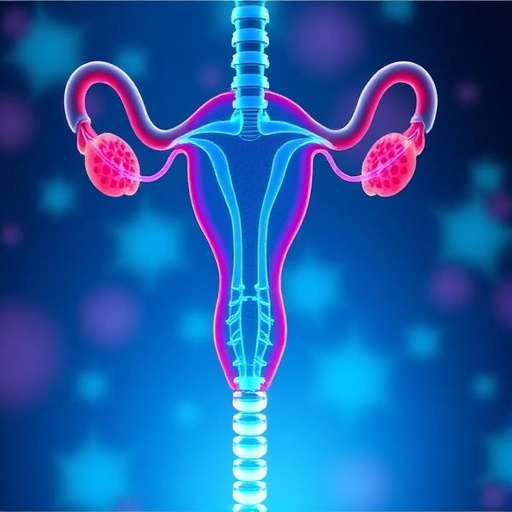WHAT:
Monoclonal antibodies (mAbs)–preparations of a specific type of antibody designed to bind to a single target–have shown promise in the fight against cancer and autoimmune diseases. They also may play a critical role in future battles against emerging infectious disease outbreaks, according to a new article by scientists from the National Institute of Allergy and Infectious Diseases (NIAID), part of the National Institutes of Health. The article is published online this week by The New England Journal of Medicine and outlines the potential uses for mAbs as treatments for infectious diseases and as a prevention tool for protecting individuals at risk of infection and slowing disease outbreaks.
The article, written by NIAID Director Anthony S. Fauci, M.D., and colleagues Hilary D. Marston, M.D., M.P.H., and Catharine I. Paules, M.D., highlights the research advances that could allow for rapid, strategic deployment of mAbs to prevent and treat emerging infectious diseases and, potentially, alter the course of epidemics.
Although mAbs were originally described in the 1970s, their value has become more widely recognized as scientists have developed more direct and improved approaches to identifying, selecting, optimizing and manufacturing them. These advances have allowed for improved safety and efficacy, and substantial efficiencies in identifying promising candidates. For example, mAbs now can be identified directly from individuals previously infected by or vaccinated against a specific pathogen. Moreover, modifications can be made to extend the life of a mAb and further improve its safety.
Because mAbs with optimized targeting and other characteristics can be developed, their activity can be precisely tailored to serve specific treatment and prevention purposes. For example, during the 2014-2016 Ebola outbreak, a small clinical trial of the drug ZMapp, which contains three different mAbs, appeared to show a drop in mortality among infected volunteers who received the experimental therapeutic. Additionally, research in laboratory animals suggests that mAbs may play a role in protecting pregnant women in Zika-endemic areas and their fetuses from infection. Further, promising preclinical studies suggest that mAbs aimed at specific targets on the influenza virus could treat influenza disease and interrupt influenza transmission when used prophylactically in uninfected individuals.
The authors caution that mAb-based therapies may be costly to develop and deploy at first and should be used judiciously. However, prices will likely fall in the future, as target optimization may offer effectiveness with smaller amounts of antibody, or novel approaches such as delivering antibodies through DNA or mRNA constructs, may be further developed. By prioritizing research for mAbs against infectious diseases, the authors assert, global health leaders can improve preparedness for treating and preventing emerging and re-emerging infectious diseases.
ARTICLE:
HD Marston et al. Monoclonal Antibodies for Emerging Infectious Diseases–Borrowing from History. The New England Journal of Medicine DOI: 10.1056/NEJMp1802256 (2018).
WHO:
NIAID Director Anthony S. Fauci, M.D., is available for comment.
###
CONTACT:
To schedule interviews, please contact Elizabeth Deatrick, 301-402-1663, [email protected].
NIAID conducts and supports research–at NIH, throughout the United States, and worldwide–to study the causes of infectious and immune-mediated diseases, and to develop better means of preventing, diagnosing and treating these illnesses. News releases, fact sheets and other NIAID-related materials are available on the NIAID website.
About the National Institutes of Health (NIH): NIH, the nation's medical research agency, includes 27 Institutes and Centers and is a component of the U.S. Department of Health and Human Services. NIH is the primary federal agency conducting and supporting basic, clinical, and translational medical research, and is investigating the causes, treatments, and cures for both common and rare diseases. For more information about NIH and its programs, visit http://www.nih.gov/.
NIH…Turning Discovery Into Health®
Media Contact
Elizabeth Deatrick
[email protected]
301-402-1663
@NIAIDNews
http://www.niaid.nih.gov
https://www.niaid.nih.gov/news-events/monoclonal-antibodies-crucial-fighting-emerging-infectious-diseases-say-niaid-officials
Related Journal Article
http://dx.doi.org/10.1056/NEJMp1802256




